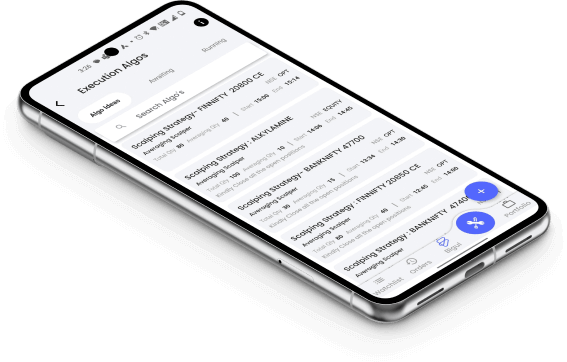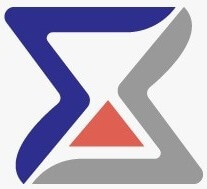Conclusion
Swing trading patterns are very useful for short-term directional-based stock traders. If traders succeed to identify any of the above bullish patterns, they can capitalize their gains by grabbing the opportunity. Swing trading patterns can be identified through technical analysis and an understanding of market structure.














